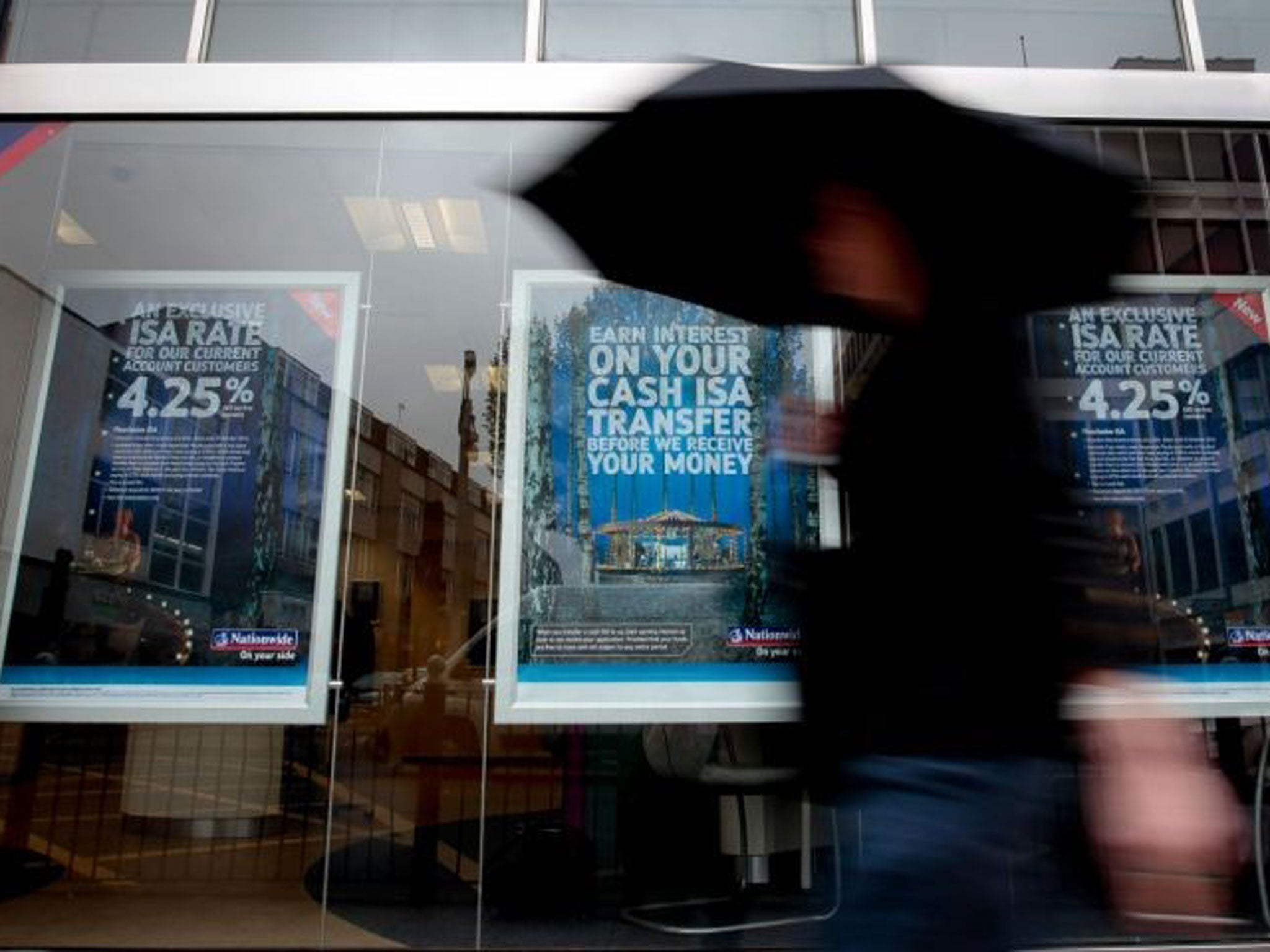Julian Knight: Maybe the Treasury is finally cottoning on to value of ISAs
The funds keeping the UK savings culture afloat can also repair a lot of personal finance woes

When it comes to Individual Savings Accounts (ISAs), I do wonder if the Treasury realises what a good thing it has.
From their launch, ISAs have proved incredibly popular. You put the money into a savings account or into shares, and it grows tax free.
Tens of billions of pounds have been invested in ISAs, and the easily understandable tax-free wrapper has almost single-handedly kept the UK savings culture afloat.
In addition, it has created thousands of jobs in the fund management and banking industry.
Personally, I would adopt the ISA framework as the way forward for pension saving in this country – introduce a separate annual allowance for a "lifetime" ISA, for instance, which can be accessed a couple of times during your working life but the rest of the time remains locked away, growing for retirement.
But no matter how much I like to big up ISAs, I feel the Treasury – of whatever political colour – is not much of a fan.
When ISAs were introduced, the then Chancellor, Gordon Brown, placed a sword of Damocles over it, suggesting it was only a temporary construct. Fortunately, that was backtracked on.
Before the most recent Autumn Statement, there were rumours that total ISA savings were going to be capped at £100,000, thereby punishing long-term savers who may not be necessarily rich but have done the right thing throughout their working life.
Meanwhile, there has been the mishandling of Junior ISAs.
These JISAs were introduced to replace child trust funds (CTFs), which had frankly been a monumental mistake – bureaucratic social engineering at its worst.
Government officials would gift parents vouchers to be placed in CTFs, which would then hopefully grow over time.
Not only did this favour the financially very literate and those with money already but it also cost a small fortune.
As soon as the chill winds of credit crunch landed, CTFs were dead. JISAs, on the other hand, didn't enjoy any state handout, instead they were in essence a pared-down version of the successful and easily understandable adult ISA.
Parents understood them, and had confidence in them.
However, for some bizarre – and I can only account for this through the Treasury's reluctant embrace of ISAs – parents and product providers could not roll the two products together, making it far simpler to administer and to encourage proper competition in the sector.
As a result, JISAs have been a bit of a Cinderella product, not growing at the rate they ought.
Now finally at Christmas, the Chancellor has decided to allow money in CTFs to be transferred to JISAs. This means that parents will be able to get far higher rates than at present.
The best CTF is currently from Yorkshire Building Society and offers 3 per cent interest.
In contrast, the best rate on a JISA, available from Halifax, is double that at 6 per cent.
The rate earned on JISAs is the envy of standard ISA savers. What's more, JISAs tend to be much more simplistic products, and as a result the charges are lower or even non-existent – in sharp contrast to some CTFs, where the annual management fees are frankly scandalous.
With one leap, parents will be able to leap out of the bureaucratic, expensive universe of CTFs into JISAs. The only pity is they will have to wait until April 2015 to do it.
But this is great news, and let's hope it's a sign of the Treasury finally falling for ISAs. They could be a tremendous tool for sorting out much of this country's personal finance woes.
House price merry-go-round
My inbox is full of predictions for the 2014 housing market. I love these, because in my experience, they are nearly always totally wrong.
Most of the bodies issuing these estimates have to revise their figures midway through the year.
In the main, however, this year the estimates are roughly of the same sort – house prices to rise at around twice the level of inflation.
But the housing market normally exceeds predictions on the down and the upside.
Oddly enough, the only time this didn't happen was in the aftermath of the credit crunch when massive government and central bank intervention stopped the entire market falling off a cliff.
So am I going to offer any predictions for 2014? Not on your nelly – only that house prices will not be as forecast.
Subscribe to Independent Premium to bookmark this article
Want to bookmark your favourite articles and stories to read or reference later? Start your Independent Premium subscription today.

Join our commenting forum
Join thought-provoking conversations, follow other Independent readers and see their replies
Comments